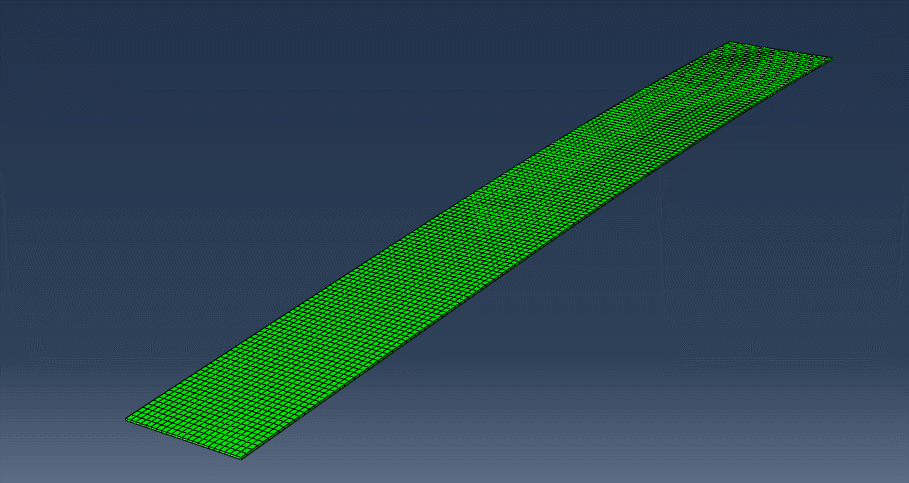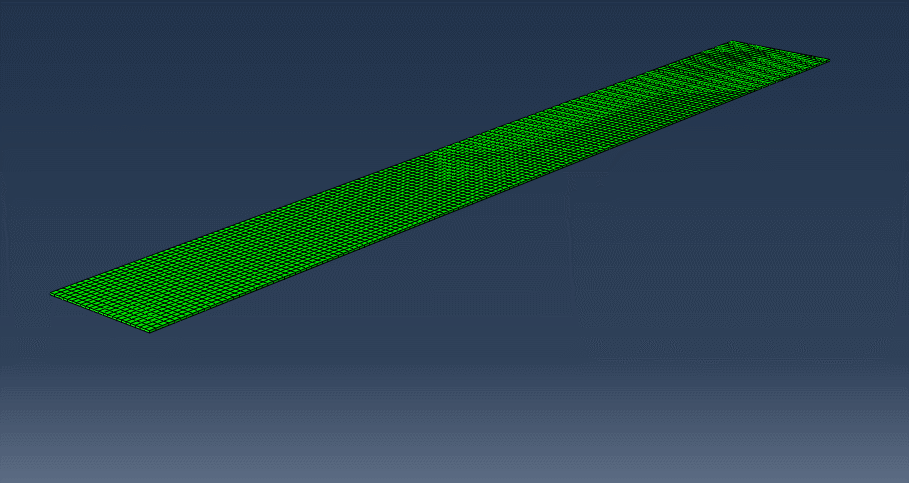What are modes of vibration?
The vibrational modes of a structure are the shapes that the structure will vibrate in when excited. These patterns of vibration all have their own frequency at which they oscillate, with the lowest frequency vibration referred to as the natural mode.
Take for example a string of arbitrary length:

Animation from: Daniel A. Russel, Ph.D
The animation above shows the first four modes of vibration of a length of string fastened at either end. The shape on the left has the lowest frequency of oscillation and is thus the natural mode of the string.
When you consider a structure in three dimensions, the number of possible modes of vibration increase. Not only can the structure flex in the X, Y, and Z direction, but it also can adopt torsional modes, as shown in the cantilever beam animations below. Just like for a structure in two dimensions, the frequencies of the modes of vibration change depending on the properties of the structure.

A cantilever beam's natural mode of vibration in the Z direction.

A cantilever beam's natrual mode of vibration in the Y direction.

A cantilever beam's natural torsional mode of vibration about the X axis.
Not only do three dimensional structures have many modes we must take into consideration, but the modes change based on the structure’s properties. The modes of vibration of a structure depend on the shape and boundary conditions of the structure, not just the material. If the thickness, length, or width of any material, or the way in which the structure is held is changed, then the modes of vibration of the structure will change. So how can we find the modes of vibrations of structures? And why do we care?
Click on a link to learn more:
- Significance of the Vibrational Modes of Structures
- Finding Vibrational Modes through Experimentation
- Finding Vibrational Modes through FEA Modeling